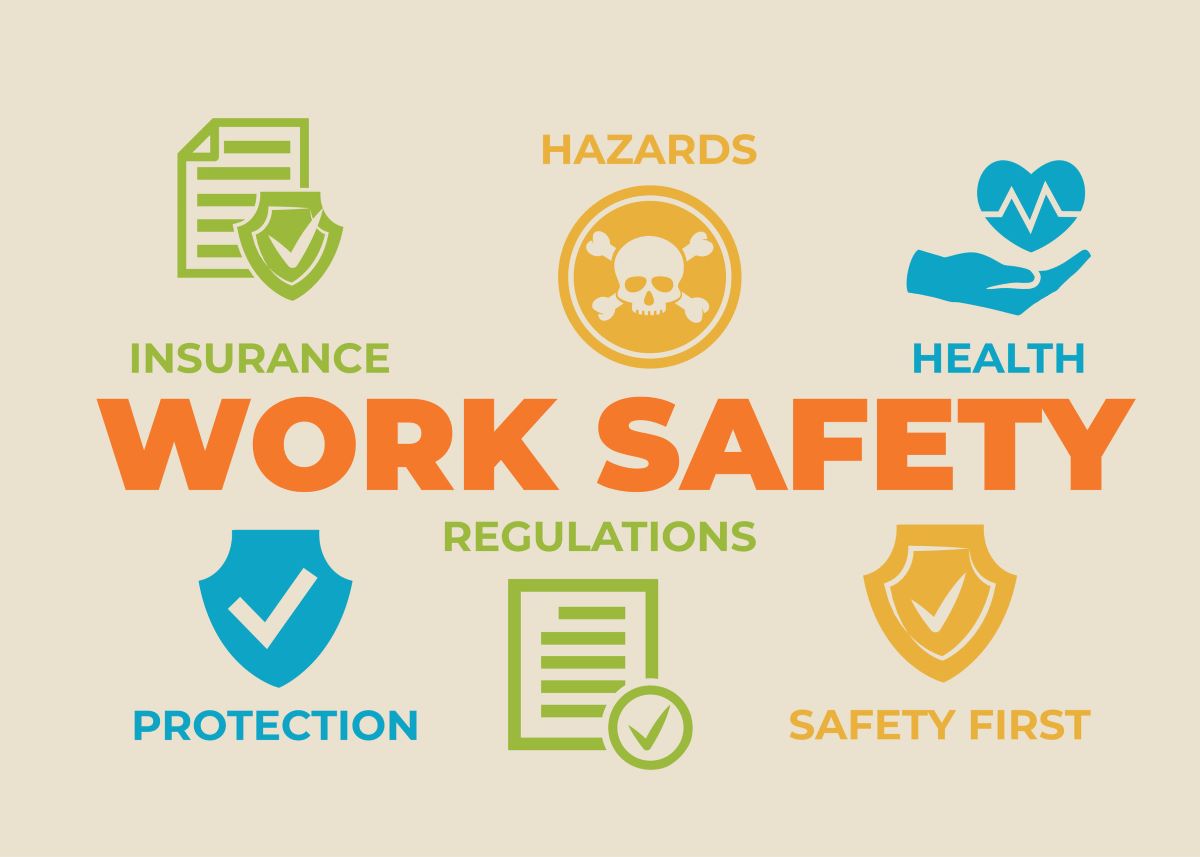Helping leaders make employees feel ‘psychologically safe’
A new report from McKinsey offers insights on the specific behaviors from leaders in an organization that make employees feel supported, willing to take risks and grow in their careers.

The concept of “psychological safety” has taken off in recent years for organizations that want to improve employee well-being and performance.
It’s commonly used to describe what is missing for employees who face discrimination and microaggressions in the workplace on issues like race and gender, but it actually applies to the full employee experience with leaders within an organization, and is deeply tied to other factors like “trust” and “employee engagement” which move the needle for so many these days.
In a Harvard Business Review report, psychological safety is defined as the belief that you won’t be “punished when you make a mistake.” Studies have shown that employees who feel empowered to take risks are more likely to deliver results—and in the months of crisis after COVID-19, psychological safety also offers positives like employees who are more resilient and open-minded.
Another way of thinking about psychological safety is that employees feel safe bringing their full selves to work. Training Industry explains:
“Before organizations can foster psychological safety and expect revolutionary contributions, however, there’s a prerequisite: Employees must be accepted for who they are and valued for what they can bring. This prerequisite is where diversity and inclusion become intertwined with psychological safety.”
What leaders can do
McKinsey has new data on the exact behaviors that leaders can use to help employees feel safe in the workplace.
The research boils down different leadership models into several categories: supportive leadership, authoritative leadership, challenging leadership and consultative leadership. Both consultation and support greatly improve scores for psychological safety, though some challenging leadership, where employees are pushed to grow and held accountable for their work, can also help employees grow.

The report explains that the two most important leadership styles are consultative and supportive. Consultative leaders bring employees into the decision-making process and solicit input on issues that affect the team. Supportive leadership has an “indirect” impact on psychological safety, according to McKinsey, by building better team unity and rapport.
The report cautions that “challenging leadership”—where a leader asks employees to “reexamine assumptions about their work and how it can be performed in order to exceed expectations and fulfill their potential” —only succeeds when a positive team environment has been created.

Almost half (41%) of team leaders infrequently demonstrate the behavior for supportive leadership or for challenging leadership, leading to apathy for employees and the lowest percentage of workers who see their environment as positive.
Important behaviors include open-dialogue skills, developing high-quality social relationships within teams, situational humility and sponsorship. Sponsorship training in particular, where leaders enable others’ success ahead of their own—is a key part of supportive and consultative leadership, but McKinsey says that only 26% of respondents report their organizations address it.

Actions for organizations
The study has three main recommendations for organizations to help leaders create psychological safety in the workplace, though all their advice takes a strategic long view rather than offering immediate tactics to implement.
- Deploy an at-scale leadership development program. Get everyone in your organization using the same taxonomy of skills to describe what is working, and what needs work. Ensure leaders are familiar with the latest concepts and priorities by investing in a system-wide program to train your next executives. Of course, this also requires a commitment to promoting internally for the top jobs.
- Offer leaders development experiences that are sensory, emotional and create “aha moments.” Leaders must have their core beliefs about leadership shifted to embrace a new approach. Without experiences that can facilitate this transformative process, mindsets won’t change.
- Make leadership development an ongoing process. Ask your execs to continue to invest in their growth as leaders. The biggest growth will come from repeated, day-to-day interactions.
Harvard Business Review has some tactics for leaders who want to create psychological safety in the workplace:
- Approach conflict as a collaborator, not an adversary. You are part of the team, not the judge and jury.
- Speak human to human. Consider team members’ backgrounds, identities and core beliefs.
- Replace blame with curiosity. State the problem and engage everyone on finding a solution.
- Ask for feedback on delivery. End a difficult conversation by asking how it felt to hear the message.
- Measure psychological safety. Organizations value what they measure. Survey employees with questions like: “Do they expect retaliation or criticism if they admit they made an error?”
Part of our collection of Top Reads of 2021.







